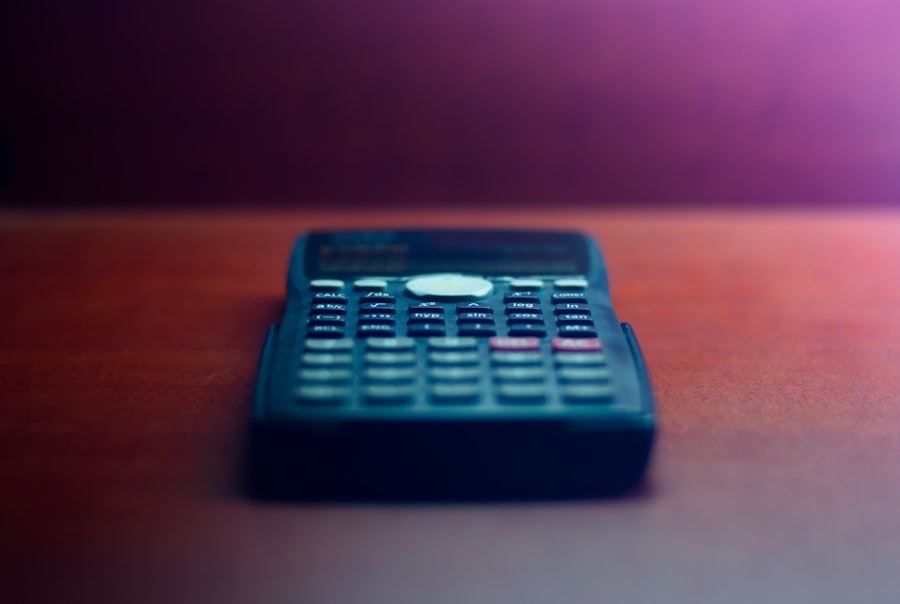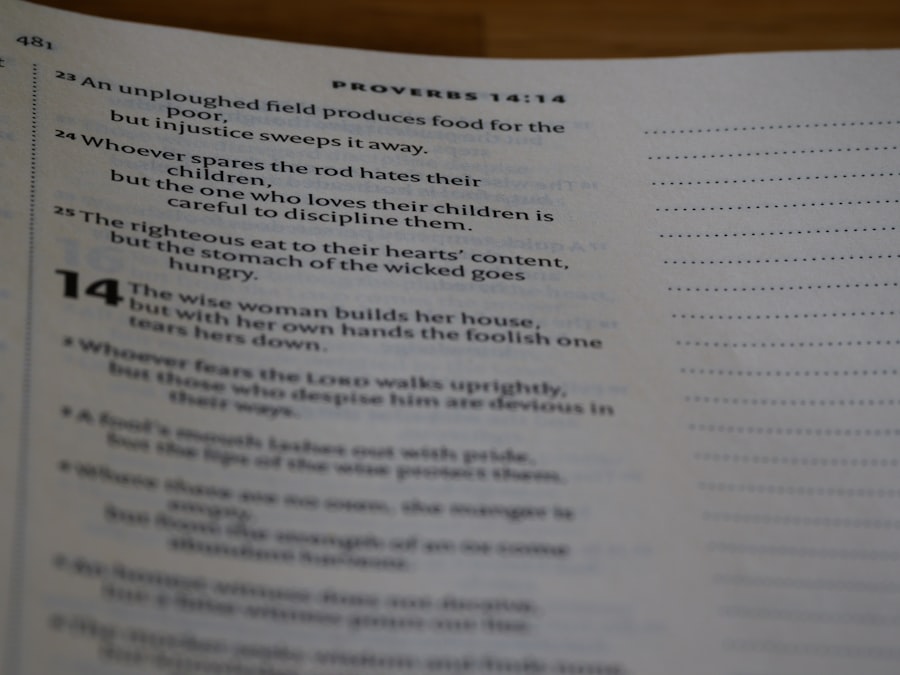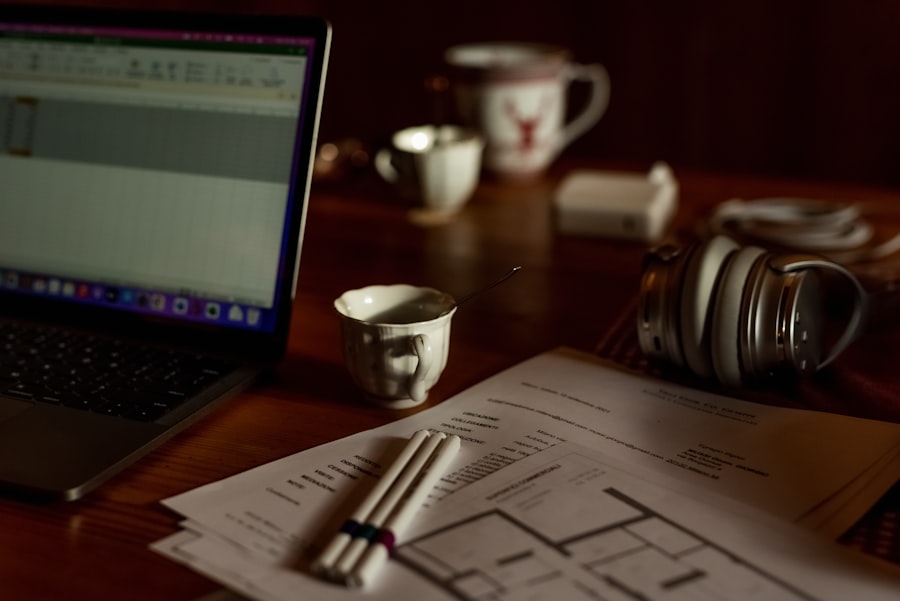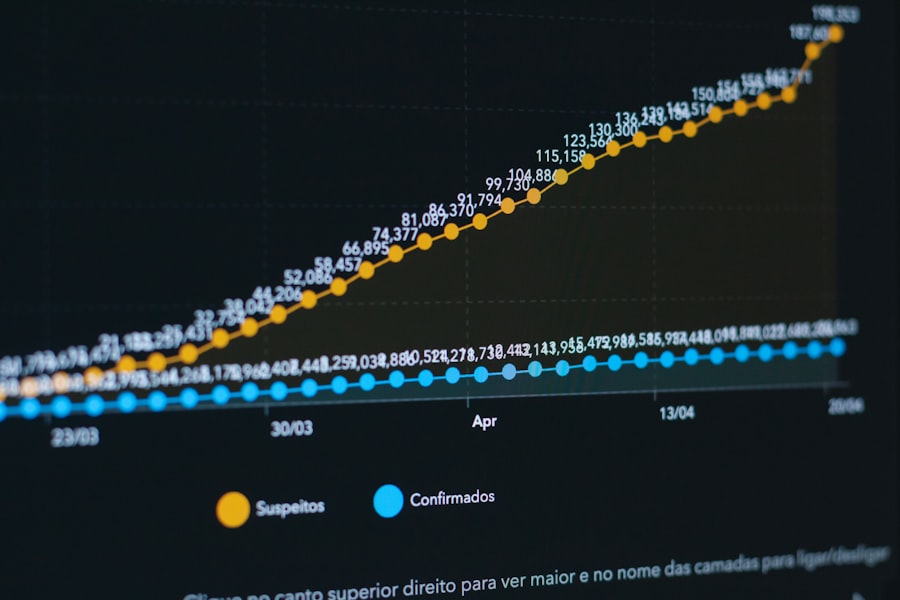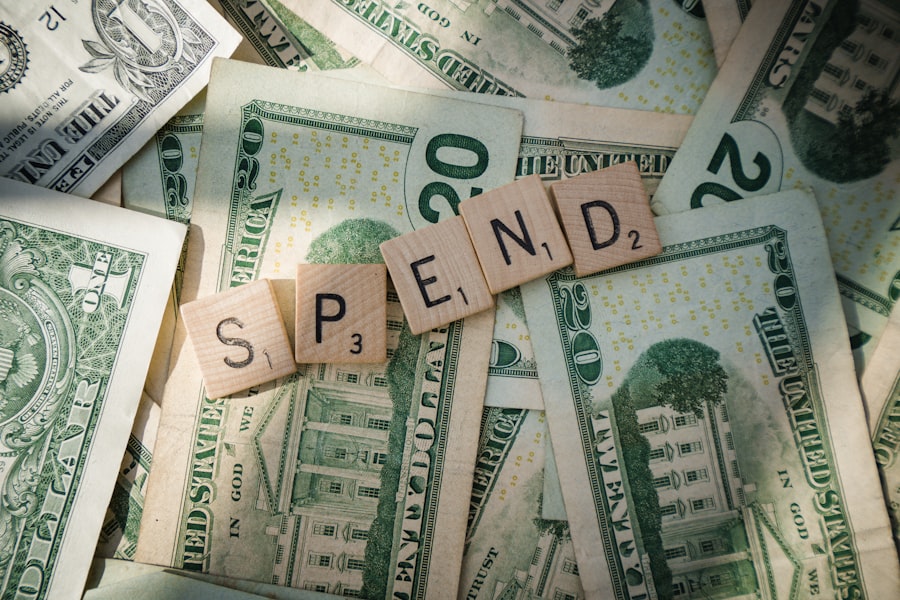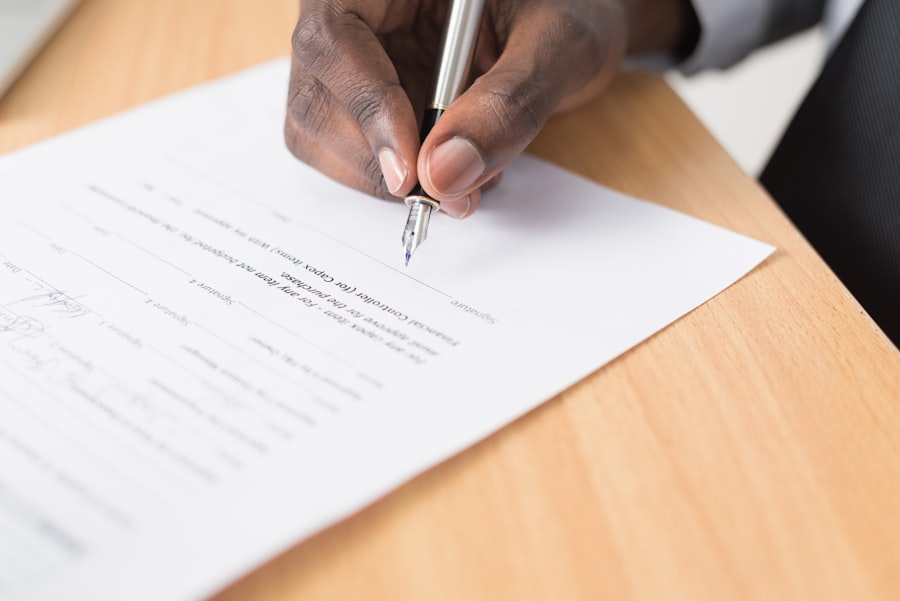Effective shopping begins long before you step foot in a store or click on an online retailer’s website. The foundation of a successful shopping experience lies in meticulous planning and preparation. This process involves assessing your needs, setting a budget, and determining the best time to shop.
By taking the time to plan, you can avoid unnecessary purchases and ensure that you acquire only what you truly need. To start, consider creating a comprehensive list of items you need. This list should be based on your current inventory at home, upcoming events, or seasonal needs.
For instance, if you know that a family gathering is approaching, you might include ingredients for specific recipes or decorations for the occasion. Additionally, setting a budget is crucial; it helps you prioritize your purchases and prevents overspending. By establishing a clear financial limit, you can make informed decisions about what to buy and what to forgo.
Key Takeaways
- Plan and prepare before going shopping to avoid impulse buys and overspending
- Make a list and stick to it to stay focused and avoid unnecessary purchases
- Take advantage of sales and coupons to save money on essential items
- Consider buying in bulk for items that you use frequently to save money in the long run
- Choose store brands over name brands to save money without sacrificing quality
- Avoid impulse buys by sticking to your list and only purchasing what you need
- Utilize loyalty programs and rewards to earn discounts and save money on future purchases
- Compare prices and shop around to find the best deals and save money on your shopping trips
Making a List and Sticking to It
Once you have a clear understanding of your needs and budget, the next step is to create a detailed shopping list. This list serves as your roadmap during the shopping process, guiding you toward your goals while minimizing distractions. A well-structured list not only helps you remember what you need but also keeps you focused on your priorities, reducing the likelihood of impulse purchases.
To enhance the effectiveness of your list, consider organizing it by category. For example, group items into sections such as produce, dairy, meats, and household supplies. This organization allows for a more efficient shopping experience, as you can navigate the store with purpose rather than wandering aimlessly.
Furthermore, sticking to your list is essential; it requires discipline and commitment. If you find yourself tempted by items not on your list, remind yourself of your budget and the purpose of your shopping trip. By adhering to your list, you can maintain control over your spending and ensure that you acquire only what you truly need.
Taking Advantage of Sales and Coupons
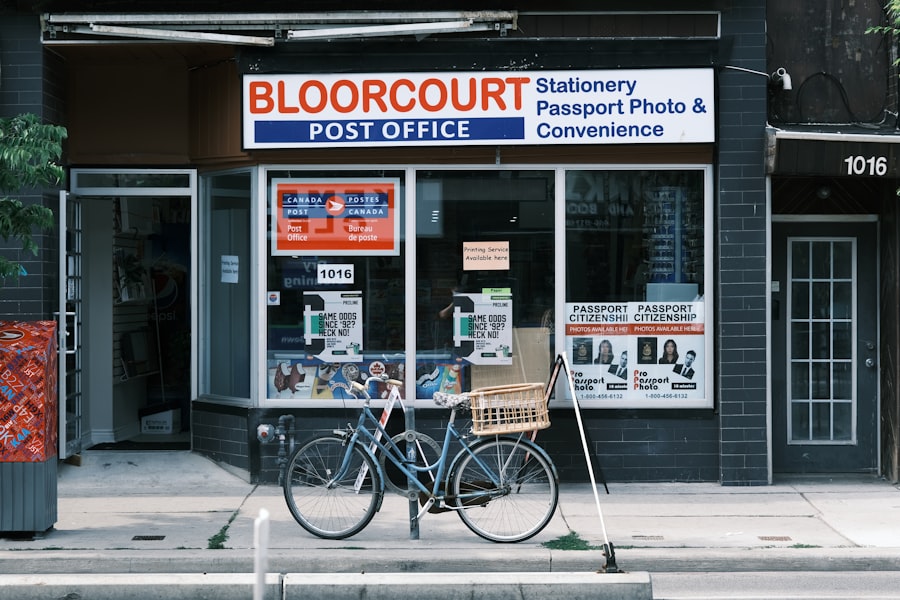
One of the most effective strategies for saving money while shopping is to take advantage of sales and coupons. Retailers frequently offer discounts on various products, and being aware of these promotions can significantly reduce your overall expenses.
Many stores provide weekly flyers or newsletters that highlight current promotions. Subscribing to these communications can keep you in the loop about sales on items you regularly purchase. Additionally, digital coupons have become increasingly popular; many retailers offer apps that allow customers to access exclusive discounts directly from their smartphones.
By combining sales with coupons, you can often achieve substantial savings on your grocery bill or other purchases. For example, if a store is running a buy-one-get-one-free promotion on a product you frequently use, pairing that with a coupon can lead to significant savings.
Buying in Bulk
| Benefits of Buying in Bulk | Challenges of Buying in Bulk |
|---|---|
| Cost savings | Storage space required |
| Reduction in packaging waste | Potential for product spoilage |
| Convenience of having supplies on hand | Initial higher upfront cost |
Buying in bulk is another effective strategy for saving money, particularly for non-perishable items or products that you use frequently. Purchasing larger quantities often results in a lower cost per unit, which can lead to substantial savings over time. However, this approach requires careful consideration to ensure that you are not buying more than you can realistically use before items expire or go bad.
When considering bulk purchases, focus on items that have a long shelf life or that can be easily stored. For instance, staples like rice, pasta, canned goods, and cleaning supplies are excellent candidates for bulk buying. Additionally, if you have the storage space, consider purchasing larger quantities of household essentials like toilet paper or laundry detergent.
However, it’s important to assess whether the upfront cost aligns with your budget and whether the savings justify the investment. By strategically buying in bulk, you can reduce your overall spending while ensuring that you have essential items on hand.
Choosing Store Brands over Name Brands
When shopping, consumers often face the choice between name-brand products and store-brand alternatives. While name brands may carry a reputation for quality, store brands frequently offer comparable products at a fraction of the price. Opting for store brands can lead to significant savings without sacrificing quality.
Many grocery stores have developed their own lines of products that meet or exceed the quality of name brands. For example, store-brand cereals often contain similar ingredients and nutritional value as their name-brand counterparts but are priced much lower. Conducting taste tests or reading reviews can help determine whether store brands meet your expectations.
Additionally, many consumers find that they cannot discern a significant difference between the two options once they try them side by side. By choosing store brands over name brands, shoppers can enjoy substantial savings while still obtaining high-quality products.
Avoiding Impulse Buys

Impulse buying is one of the most significant challenges consumers face when shopping. The allure of attractive displays and promotional signage can lead even the most disciplined shoppers astray. To combat this tendency, it’s essential to develop strategies that help maintain focus and resist temptation.
One effective method for avoiding impulse buys is to establish a waiting period before making non-essential purchases. For instance, if you find yourself drawn to an item that isn’t on your list, consider waiting 24 hours before deciding whether to buy it. This cooling-off period allows time for reflection and often leads to the realization that the item is not necessary after all.
Additionally, being mindful of your shopping environment can help; try to avoid stores that are known for their enticing displays or marketing tactics designed to encourage impulse purchases.
Utilizing Loyalty Programs and Rewards
Many retailers offer loyalty programs designed to reward frequent shoppers with discounts, exclusive offers, or points that can be redeemed for future purchases. These programs can be an excellent way to save money over time while also enhancing your shopping experience. By signing up for loyalty programs at stores where you frequently shop, you can take advantage of special promotions tailored specifically for members.
In addition to immediate discounts, some loyalty programs offer tiered rewards systems that provide greater benefits as you accumulate points or spend more money at the store. For example, a grocery store might offer double points on certain days or provide exclusive access to sales events for loyalty members. By actively participating in these programs and keeping track of your points or rewards status, you can maximize your savings potential while enjoying additional perks.
Comparing Prices and Shopping Around
In today’s competitive retail landscape, price comparison has never been easier thanks to technology and online resources. Before making a purchase, it’s wise to compare prices across different retailers to ensure that you are getting the best deal possible. This practice not only helps save money but also encourages informed decision-making.
Utilizing price comparison websites or apps can streamline this process significantly. These tools allow consumers to input specific products and receive information about pricing from various retailers in real-time. Additionally, visiting multiple stores or checking online marketplaces can reveal significant price differences for the same item.
For instance, an electronic gadget may be available at a lower price from an online retailer compared to a brick-and-mortar store. By taking the time to compare prices and shop around, consumers can make smarter purchasing decisions that align with their budgetary goals while maximizing their savings potential.
If you’re looking to save money on groceries, one helpful tool to consider is a budget tracker app. These apps can help you keep track of your spending and stay within your budget. One article that provides a list of the best free budget tracker apps is here. By using a budget tracker app, you can set savings goals and track your progress towards them. For more information on setting savings goals, check out this article valapoint.
com/savings-goal/’>here. Additionally, if you’re looking for recommendations on budget planner apps, you can find a list of the top apps on Reddit Having this financial cushion not only provides peace of mind but also prevents you from going into debt when unexpected expenses arise. The first step in managing debt is to take stock of what you owe—list all debts along with their interest rates and minimum monthly payments. This will give you a clear picture of your overall debt situation and help you prioritize which debts to tackle first. There are several strategies for managing debt effectively. The snowball method involves paying off the smallest debts first while making minimum payments on larger debts; this approach can provide psychological motivation as you see debts eliminated quickly. Alternatively, the avalanche method focuses on paying off debts with the highest interest rates first, which can save you money in interest payments over time. Whichever method you choose, consistency is key; make it a habit to allocate extra funds toward debt repayment whenever possible. Investing is a critical component of building wealth and securing your financial future. While saving is important for short-term goals and emergencies, investing allows your money to grow over time through compound interest and market appreciation. There are various investment vehicles available, including stocks, bonds, mutual funds, real estate, and retirement accounts like 401(k)s and IRAs. Before diving into investing, it’s essential to educate yourself about the different options available and assess your risk tolerance. Stocks tend to offer higher potential returns but come with greater volatility; bonds are generally considered safer but provide lower returns. A diversified portfolio that includes a mix of asset classes can help mitigate risk while still allowing for growth potential. Additionally, consider setting up automatic contributions to investment accounts; this strategy not only simplifies the process but also takes advantage of dollar-cost averaging. Navigating personal finance can be complex and overwhelming at times; seeking professional financial advice can provide valuable insights tailored to your unique situation. Financial advisors can help with various aspects of financial planning, including budgeting, investment strategies, retirement planning, tax optimization, and estate planning. When choosing an advisor, it’s important to consider their qualifications, experience, and fee structure. A good financial advisor will take the time to understand your financial goals and develop a personalized plan that aligns with those objectives. For instance, if you’re unsure about how to allocate investments based on your risk tolerance or time horizon for retirement, an advisor can offer recommendations based on market trends and historical data. Additionally, they can help you navigate complex financial situations such as inheritance or divorce by providing tailored strategies that address your specific needs. In conclusion, managing personal finances requires a multifaceted approach that encompasses understanding income and expenses, creating realistic budgets, prioritizing goals, eliminating unnecessary costs, building emergency funds, managing debt effectively, investing wisely for the future, and seeking professional advice when needed. Each step plays a vital role in achieving financial stability and ultimately securing long-term wealth. If you are looking for a budget planner to help you stay on track with your finances, you may want to check out this article on the best and cheapest budget planner available today. This article provides a comprehensive review of different budget planner options to help you find the one that best fits your needs. Additionally, you may also want to explore budget tracker apps, which can help you monitor your spending and savings goals. Check out this article on budget tracker apps to find the right tool to help you manage your finances effectively. Managing Debt

Assessing Your Debt
Debt Management Strategies
Consistency is Key
Investing for the Future
Seeking Professional Financial Advice





